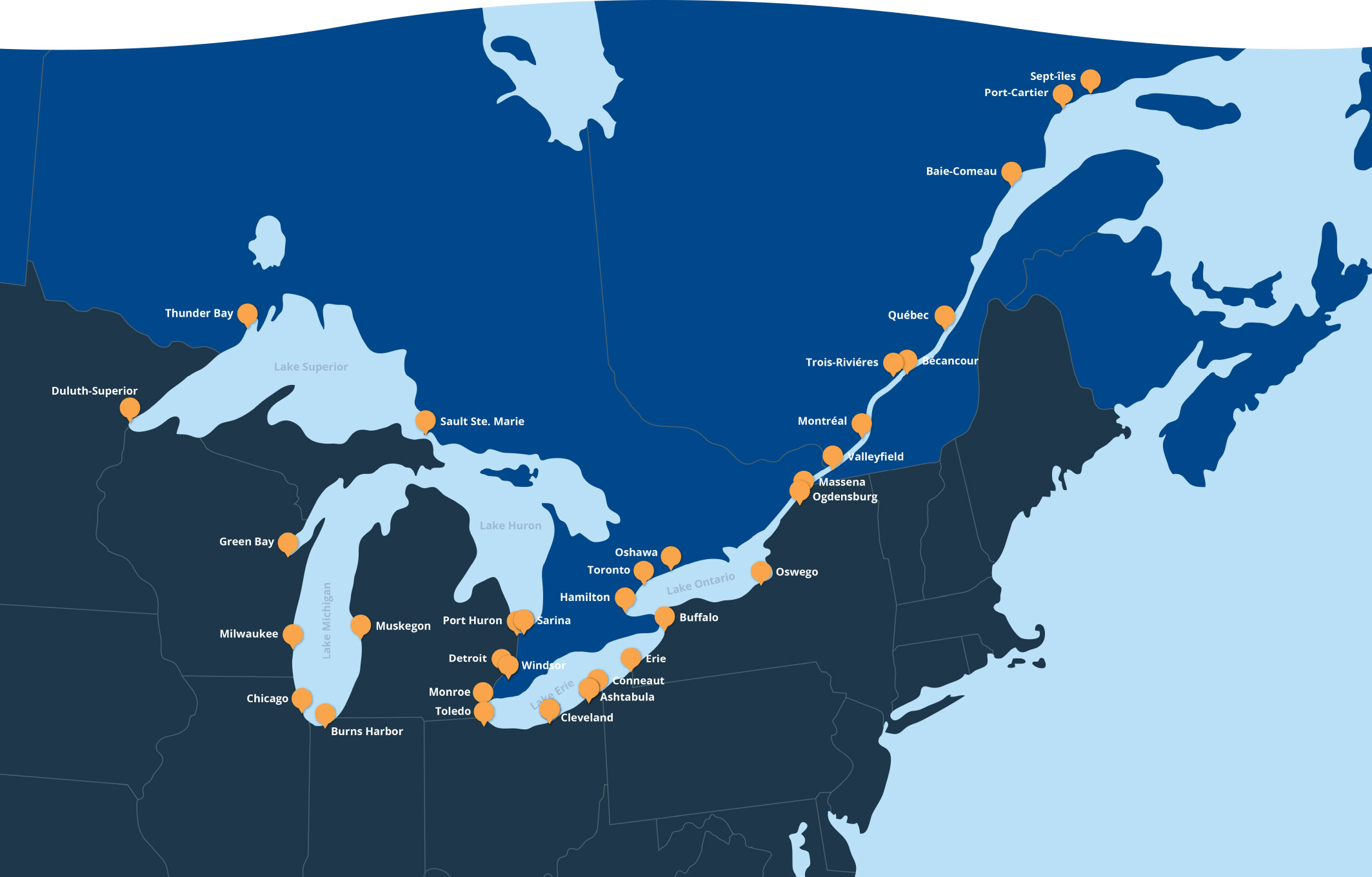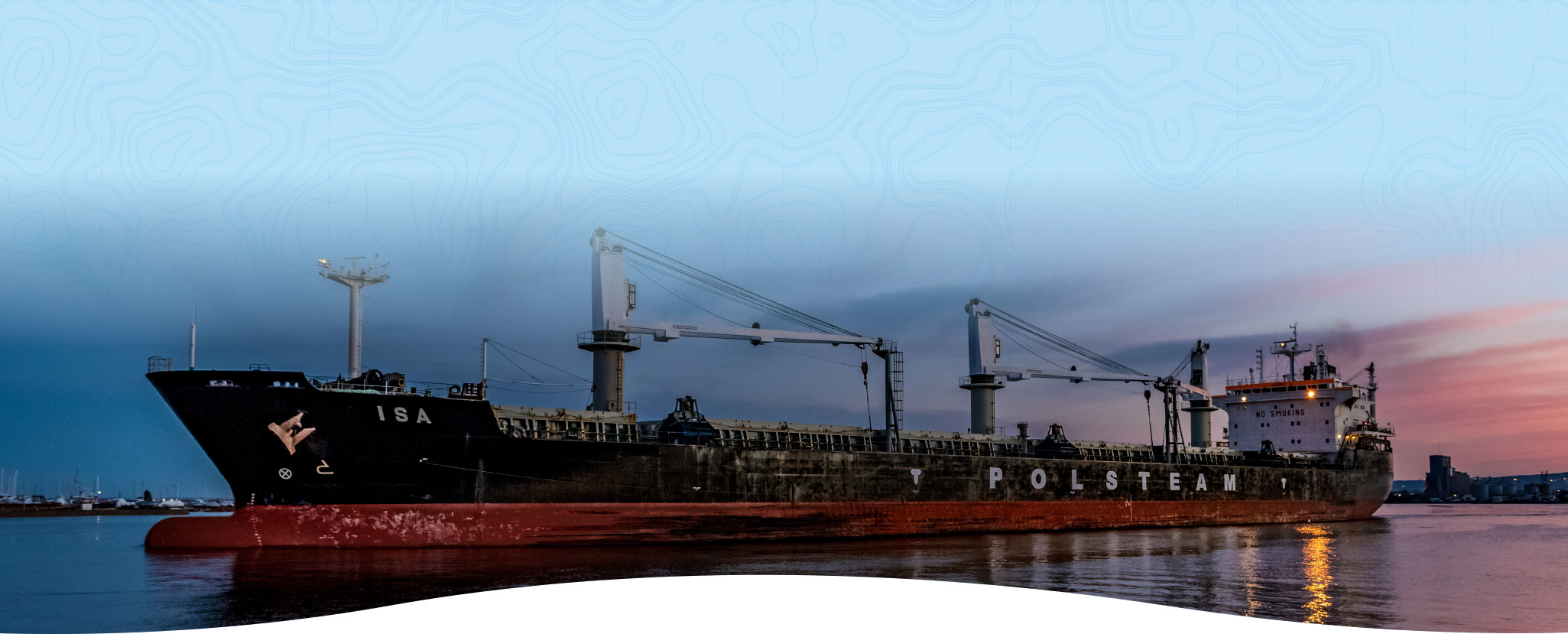
DULUTH, Minn. — At 12:01 a.m. yesterday, UNIFOR, the unionized workers of Canada’s St. Lawrence Seaway Management Corporation, went on strike, resulting in the shutdown of Canadian portions of the St. Lawrence Seaway. The Seaway is a linear system of canals and locks through Ontario, New York and Quebec. Closure of any portion effectively results in closure of the entire waterway. As such, this labor action halted oceangoing vessel passage into and out of the binational Great Lakes-St. Lawrence Seaway System.
Negotiators from the SLSMC and UNIFOR attempted to reach agreement on a new employment contract for several months. The union gave 72-hour strike notification as required under Canadian law last Wednesday. Negotiations are continuing between the SLSMC and UNIFOR, with stakeholders throughout the Great Lakes calling on the Canadian government to engage in the process and end the impasse.
“This situation affects oceangoing activity for the entire Great Lakes-St. Lawrence Seaway System, which makes it everyone’s concern,” said Deb DeLuca, executive director of the Duluth Seaway Port Authority.
As a result of the strike, multiple ships loaded with exports are presently unable to exit the Great Lakes-St. Lawrence Seaway System, and a growing queue of inbound ships are unable to enter or pass through specific segments.
“This interruption of Seaway operation has immediate and longer-term consequences for Great Lakes ports, the entire Seaway System, and countries around the world hungry for our exports, especially now, during peak grain harvest season,” said DeLuca.
One vessel presently loading wheat in Duluth is scheduled to deliver its cargo to Algeria upon departure through the now-shuttered Seaway. Several subsequent ships are scheduled to arrive in Duluth-Superior via the Seaway for grain in the coming weeks. Various other vessels are scheduled to arrive with imports to support regional manufacturing.
“We call on both parties in this dispute to reach a resolution quickly and reopen the Seaway,” said DeLuca. “System stakeholders, including the Port of Duluth-Superior, its terminals, workers and cargo owners, are experiencing economic and reputational harm as a result of this impasse. Additionally, countries that rely on our grain exports are left waiting and hungry. The toll will continue mounting until the System reopens.”
Notes: This is the first strike-related, mid-season closure of the St. Lawrence Seaway since June 1968 … A recent economic impact analysis of commerce through the Seaway showed that, in 2022, the waterway handled more than 36 million tons of cargo and supported more than 24,000 jobs in the United States and 42,000 in Canada … Seaway officials estimate that every day of a mid-season Seaway shutdown costs the shared U.S./Canadian economy $50–$80 million USD, with impacts escalating should the closure prolong.
###
More than 700 vessels and 30 million short tons of cargo move through the Port of Duluth-Superior each year, making it the Great Lakes’ largest tonnage port and one of the nation’s top 20. The port supports more than 7,000 jobs and contributes $1.3 billion in business revenue to the regional economy. Learn more at DuluthPort.com.

